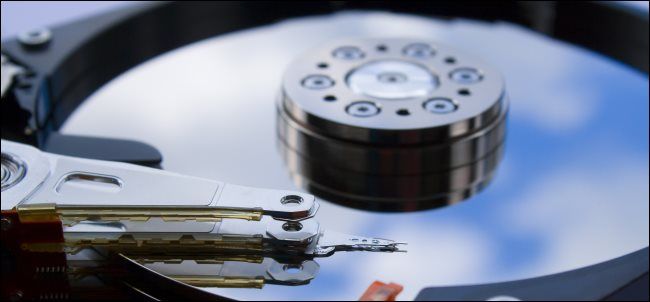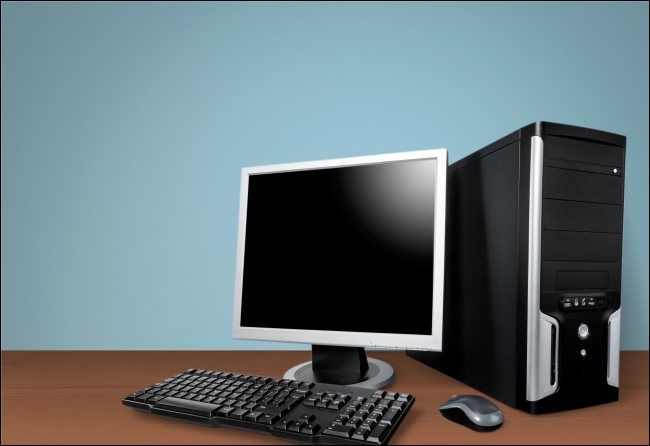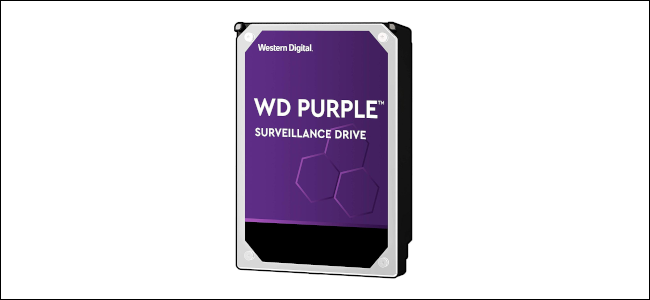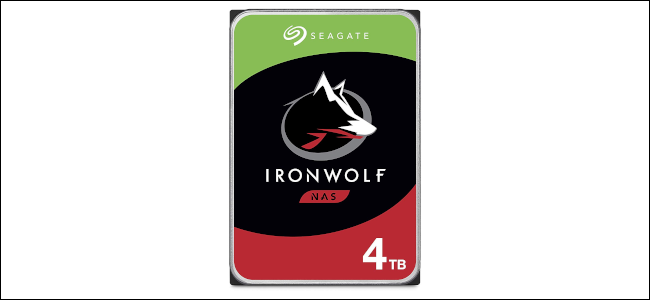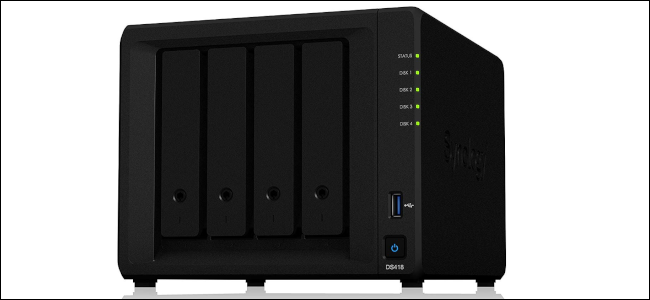Quick Links
Capacity isn't the only thing that differentiates one hard drive from another. Yes, they're all spinning platters that use magnetic storage to save data. However, some are marketed as "Surveillance" or "NAS" drives. Here's how these are different.
What Your PC Needs From a Hard Drive
Before we get into the various types of hard drives, let's define what we expect a hard drive to do in a regular old desktop PC.
In the age of NVMe and SATA III SSDs, we can all agree that traditional, mechanical hard drives are quickly becoming secondary storage. M.2 and 2.5-inch SSD form factors, meanwhile, are the top choices for primary boot drives---but all this is beside the point.
Whether you run a hard drive as your primary, secondary, or tertiary storage, the basic idea is the same. PCs are typically active for eight hours a day or less (excluding specialty uses, like gaming or home servers). During that time, there's, more or less, an even flow between writing (storing new data) and reading (pulling saved data off the disk).
Just think about how we use PCs. We download files, create documents, install programs, play games, and watch or listen to downloaded media. All of these actions bring the hard drive into play. At night, the PC goes to sleep, hibernates, or shuts down, and the hard drive gets a rest.
A hard drive built to withstand intensive 24/7 activity just isn't important for the vast majority of home PCs.
What Is a Surveillance Drive?
Surveillance drives are meant for recording video on 24/7 security systems. They typically use something called a network video recorder (NVR). Unlike a PC, these drives have to be writing data---specifically, video data---all the time. A Seagate representative told us writing accounts for about 90 percent of a surveillance drive's activity.
Similar to PC hard drives, surveillance drives come in 5,400 and 7,200 RPM flavors (this indicates how fast the platters spin), as well as cache (onboard memory) sizes of up to 256 MB.
On Amazon, you can get an 8 TB premium consumer PC drive that spins at 7,200 RPM with a 256 MB cache for around $225. A 10 TB surveillance drive with similar performance specs, though, costs around $265.
The surveillance drive is more expensive, but that extra 2 TB of storage makes it tempting to throw into a home PC---especially if the surveillance drive is on sale.
The problem is surveillance drives tend to lack the random read and write performance you expect for activities like gaming. They're all about saving data, instead.
"WD Purple is more tuned for streaming writes . . . making these drives better suited for surveillance allowing for more concurrent write streams than some other drives," a Western Digital representative told us.
Surveillance drives are all about writing data under heavy workloads. Reading data is, of course, also part of their functionality, but those speeds just aren't their focus.
What Is a NAS Drive?
Network-attached storage (NAS) hard drives are similarly built for 24/7 action. A NAS device is a handy little box loaded with multiple hard drives in a RAID configuration to create redundant backups of your data. A NAS often doubles as a home server for commonly shared files, such as video, photos, documents, and e-books.
The issue with a NAS box is its drives are packed really close together and spin like crazy. They tend to work longer hours than PCs. This is because a NAS can perform backups for multiple systems at night. It can also serve the data needs of multiple people on a network at all hours.
For that reason, NAS drives are built with heavy-duty 24/7 operations in mind. They can withstand more vibration with multiple drives in a compact box spinning at the same time. NAS drives are also more heat-resistant due to all those computer components actively working all the time.
Although it's made for different activities, there are circumstances in which a NAS drive might be the best choice for your PC. As the rep from Seagate told us, the great benefit of a NAS drive in a PC is its higher workload capacity. You can push more data in and out of it, and it's also better able to withstand 24/7 operation.
NAS drives are also a good choice for PCs that use a multidisk RAID configuration, similar to a NAS box. Just as a NAS has multiple drives that spin like crazy in close proximity, so would a desktop PC with a multidrive RAID setup.
When it comes to price, NAS drives are often cheaper, or the same price as a PC drive. For example, you can get a Seagate 4 TB 5,900 RPM IronWolf NAS drive for around $100, at this writing. The Seagate 4 TB Barracuda Compute 5,400 RPM hard drive, meanwhile, was around $90.
Which Should You Buy?
Ultimately, a hard drive is just a hard drive. Whether you install a surveillance or NAS drive in your PC, you'll probably find it works just as well as any other.
Drive types can make a difference, but only if you use your PC in a specific way. An old PC repurposed into a DIY security system is a good candidate for a surveillance drive. Gamers will typically be happier with high-performance hard drives tuned for home computers.
If you have a PC that runs workloads 24/7 or has big RAID configurations, you might want to consider a NAS drive.

